Summer Sabbatical
Summer began for me on May 12 at 8p. The semester was over, commencement was complete, and grades were reported. School was out for the summer.
I started a countdown clock until the start of the fall semester. Not because I am anxious for the fall semester to start but because I needed to know exactly how many days I had until the fall semester began. I wanted to count how many delicious summer days I had before returning to the semester grind.
According to my countdown app, I had 101 summer days, accounting for an astonishing 27.6% of my calendar year.
I have dubbed this summer Sabbatical Summer because I am deeply in need of some rest. This past academic year was one of the hardest of my career, even harder than when COVID was in full swing. The students are different. Cheating is becoming increasingly common with the release of Chat GPT and other artificial intelligence resources. Educators are trying to figure out how to give exams online and assign essays and presentations when students can use AI to do their homework for them. I caught several students cheating in one of my courses this spring, which always frustrates me. I must take time away from students who want to learn to deal with a dishonest few. I could ignore it, but upholding academic integrity is a responsibility of those who educate.
Summer isn’t a vacation for me but a different pace. I don’t have to be on campus at a particular time every day to teach a class. I can take time to explore new ideas and develop new materials for my classes. These projects take time, space, and energy the school year doesn’t allow. When classes start in August, I need to focus on teaching my classes and working with students, not developing and creating new material. During the summer, I can work with my energies when they flow and follow them wherever they take me. One day, I want to lay in my hammock and read. The next, I am revising the water quality lab my general chemistry 1 students do because an idea came to me when I was in my hammock. That slower pace and more expansive space allow for ideas to pop up, roll around, and begin to take shape. Creativity and development require this fertilizer. Many who have never worked in academia or a profession requiring creativity understand this. Our late-stage capitalistic system doesn’t see the value in time that doesn’t meet a production quota.
Summer is also a time for me to play in areas that are adjacent to my academic work but not directly related to it. My writing practice is one of these areas. Writing my blog allows me to improve my writing skills and explore ideas; however, I am not writing these blogs for my students or to use in my classes. This summer, I enrolled in three online writing classes and a writer’s workshop. Since I am not teaching the 15-18 credits I typically teach each fall and spring, I have time and energy to devote to these courses. As I grow my writing practice here, I also become a better communicator for my students. This is how my blog writing is adjacent to but not directly related to my academic work.
This space, slower pace, and time to create and learn allow me to recharge and prepare for the next academic year. While I may not be in a classroom, Sabbatical Summer is critical to providing my students the best education possible. Without the time to rest, process, create, and recharge for the academic year, I would have burned out long ago.
Education is an investment in the future of our country, and providing our teachers with the resources they need, including time to rest, is necessary to ensure a good return. We aren’t machines and deserve downtime. While this time doesn’t meet a productivity quota, it is invaluable to my ability to serve my students during the academic year.
I am posting this blog on day 28 of Summer Sabbatical. I have 73 glorious days ahead. I hope everyone finds some sabbatical time this summer. We all deserve the time and space to rest, recharge, and play.

 © 2023 Catherine Haslag, All Rights Reserved
© 2023 Catherine Haslag, All Rights Reserved © 2023 Catherine Haslag, All Rights Reserved
© 2023 Catherine Haslag, All Rights Reserved